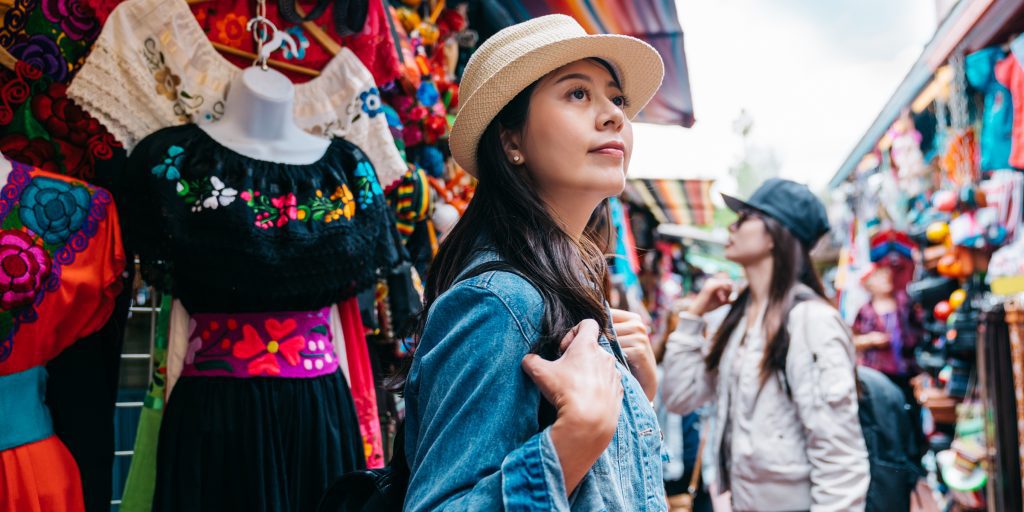Last week we took a deep dive into discovering your brand personality and briefly touched on the 12 Brand Archetypes. Here’s a closer look at these archetypes and some examples of each.
Remember- when cultivating your brand personality, there are many options to consider. Consistency is an essential element of your brand personality. If you’re having trouble developing your brand’s personality, it can be helpful to consider your brand’s archetype.
What is a Brand Archetype?
An archetype is defined as a representation of your brand identity and personality. Below are the brand archetypes that can help guide you on your quest to develop your brand’s personality.
Developing Brand Archetypes
Though they are similar to brand voice and tone in that they all are part of your marketing personality, brand archetypes are a very specific personification type that every brand takes in their marketing. In order to determine your brand archetype, you’ll want to first determine your tone and voice. This will help you maintain your brand’s personality and better assist you in narrowing down which archetype to choose.
Here are the 12 archetypes by author Carol S. Pearson:
- The Caregiver
- The Creator
- The Idealist
- The Jester
- The Lover
- The Magician
- The Realist
- The Revolutionary
- The Ruler
- The Sage
- The Seeker
- The Warrior
As you can see, there are plenty of brand archetypes to choose from, but be sure your chosen archetype fits your brand’s personality. Here are some shining examples of brands with a consistent brand archetype for their marketing.
The Caregiver
Brand Example: Dove
Dove is a prime example of The Caregiver archetype, characterized by a brand personality that emphasizes care, nourishment, and promoting self-esteem. As a personal care brand, Dove is renowned for focusing on real beauty and promoting body positivity.
By embodying The Caregiver archetype, Dove has established itself as a brand that goes beyond conventional beauty standards and instead promotes a more caring and inclusive approach. Their emphasis on caring for individuals’ well-being and encouraging self-love has resonated with consumers seeking a brand that prioritizes not only their physical needs but also their emotional and mental well-being.
Dove’s Caregiver archetype emphasizes personal care
Creator
Brand Example: LEGO
For over 90 years, Lego bricks have been fun for people of all ages. The brand offers Lego sets for ages ranging from 18 months to 18+ years old. Lego bricks are available in kits or loose bricks that encourage creativity and imagination, making Lego the perfect example of the creator archetype.
In their marketing, Lego encourages creative play and guided experiences, allowing their customers to be the creators in their own lives.
Lego’s Creator archetype encourages creativity
The Idealist
Brand Example: TOMS
TOMS is a charity-focused brand that fits the idealist archetype with its desire to create a positive impact on the world. TOMS’s mission isn’t just to sell affordable, quality shoes and accessories. It also provides support to those in need through its “Wear TOMS. WEAR GOOD.” initiative.
With “Wear TOMS. WEAR GOOD,” TOMS help fund access to mental health resources for those in need in the communities that they support, including Black, Indigenous and People of Color, LGBTQ+, and Women & Girls.
TOMS’ marketing showcases the impact of the “Wear TOMS. WEAR GOOD.” program by featuring heartwarming stories from those who benefit from the program. Because of its mission, TOMS has earned a loyal following of consumers who support its values.
TOMS Idealist archetype focuses on charity and positive impact
Jester
Brand Example: M&M’s
The jester archetype is playful and fun, just like M&M’s. With its bright, cheerful colors and fun and humorous marketing, M&M’s brand personality doesn’t take itself too seriously.
Jesters are known for entertaining and bringing merriment to any situation, and M&M’s have positioned themselves as doing just that. Not only do they sell delicious candy that’s beloved worldwide, but M&M’s brand personality has positioned itself as the perfect treat to bring joy to any situation.
M&M’s Jester archetype is humorous and fun
Lover
Brand Example: Victoria’s Secret
When you think of the lover, Victoria’s Secret is the perfect example of this archetype. With its focus on romance, beauty, and emotional connection, the lingerie brand focuses on femininity and markets its products to women who want to feel sexy and confident.
With its recent push towards body positivity and size inclusivity, Victoria’s Secret aims to encourage women to not just dress for the loving gaze of others but to love themselves as they are.
Victoria’s Secret Lover archetype focuses on femininity and body positivity
The Magician
Brand Example: Disney
Do you believe in magic? Disney sure does, making them the perfect example of the magician archetype. With their fantastic storytelling full of magic, wonder, and imagination, Disney has been captivating audiences since 1923, earning them fans of all ages and cultures.
Disney is one of the most well-known brands in the world because of its ability to spark excitement and remind their audience of the power of their dreams and the power of magic.
Disney’s Magician archetype sparks the imagination with the power of storytelling
The Realist
Brand Example: FedEx
When you think of FedEx, you probably think of the timely delivery of your packages. Whether it’s the delivery of personal or professional materials, FedEx embodies the realist archetype. FedEx puts a heavy emphasis on reliability, practicality, and efficiency, delivering around the globe to businesses and individuals.
FedEx is a perfect realist with its matter-of-fact, no-nonsense shipping and logistics solutions. On a marketing level, this appeals to those businesses and individuals who value fast delivery and efficient services.
FedEx’s Realist archetype emphasizes reliability and efficiency
The Revolutionary
Brand Example: Tesla
Tesla is a great example of the revolutionary archetype, with its trailblazing designs that challenge the status quo. Since its inception, Tesla has rattled the automotive industry, disrupting traditional automotive norms with its quest for a more sustainable future.
Tesla’s progressive mission and innovative products have inspired many companies to emulate them with electric vehicles and clean energy solutions, spurring a revolution in sustainability and mainstreaming them for the average consumer.
Tesla’s Revolutionary archetype is disrupting traditional norms
Ruler
Brand Example: Rolex
Rolex is a brand known for its focus on prestige, luxury, and authority, making it the perfect example of the ruler archetype. When consumers think of Rolex products, they think of timeless elegance and superior craftsmanship. Rolex isn’t a brand for everyone. It’s associated with wealth and royalty, further cementing the ruler archetype as its brand personality.
Rolex isn’t just a watch. It’s a symbol of success, authority, and prestige, all characteristics we think of when we think of a ruler.
As a Ruler archetype, Rolex embodies prestige and luxury
Sage
Brand Example: Google
Google is a perfect example of the sage archetype. Google is known for being scholarly, wise, and educational. Google strives to help present the world’s information in a universally accessible format.
Using their own unique algorithm, Google’s results are relevant and accurate, helping users expand their knowledge. In addition to its main search engine, Google has other products that embody the sage archetype, including Google Scholar, Google Books, and Google News, all of which enhance its dominance in the search engine marketplace and secure its brand personality as the sage archetype.
Google’s Sage archetype provides helpful educational tips on social media
The Seeker
Brand Example: Airbnb
With a passion for travel and exploration, Airbnb is a prime example of the seeker archetype. The seeker desires new experiences and discovery. Airbnb encourages this by offering unique accommodation experiences that get their customers closer to authentic local experiences they might not otherwise experience in other accommodations.
As a seeker, Airbnb encourages wanderlust and self-discovery through travel and exploration. Airbnb’s marketing reflects its passion for exploration by featuring unique accommodations and experiences.
Airbnb’s Seeker archetype promotes a passion for travel and exploration
The Warrior
Brand Example: Under Armour
Under Armour represents the warrior archetype because it embodies strength, resilience, and a relentless pursuit of victory. Under Armour is known around the world for its high-performance athletic gear designed to empower athletes to push themselves further and achieve peak performance.
Whether a professional athlete or a fitness enthusiast, Under Armour has positioned itself as an accessible brand that helps users achieve greatness. Thus, their marketing and products resonate with consumers seeking to embrace their inner warrior through athleticism.
Under Armour’s Warrior archetype evokes strength and resilience
In Conclusion
Whether your brand is an explorer like GoPro or a sage like Google, uncovering your brand’s archetype is an excellent way to secure your brand personality. By sticking to your designated archetype, consumers will know what your brand stands for and what to expect from your marketing.
For more information about how we can help you cultivate your brand personality and archetype, please reach out to the branding experts at ELMNTL today.







